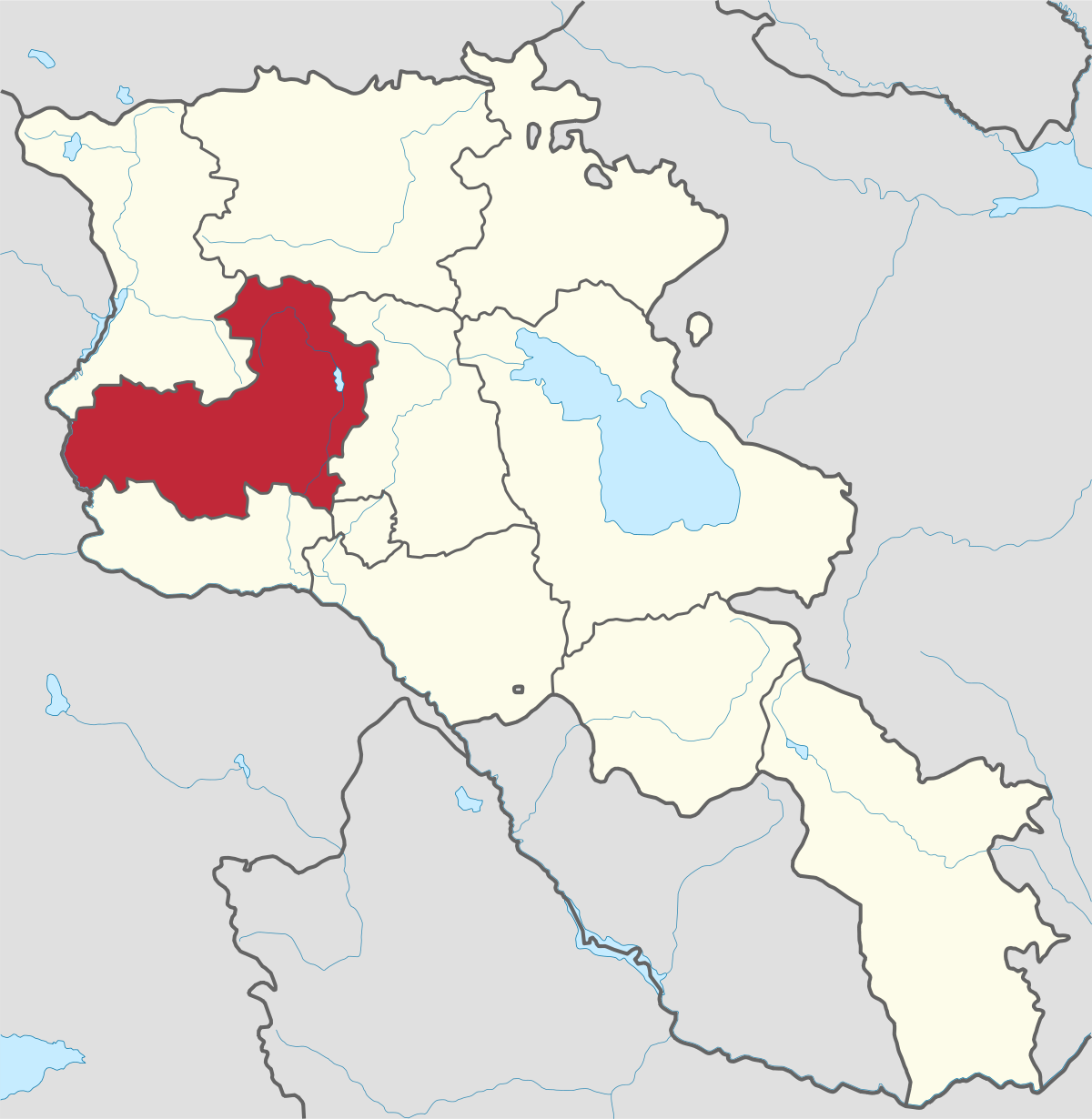
Aragatsotn Region
Aragatsotn is named after the massive mountain (4095m / 13,435 ft.) that hovers over the northern reaches of Armenia. This region is one of the...
Hayravank Monastery
The beautiful 9th-12th century monastery Hayravank is perched on a rocky outcrop above the Sevan lake. This monastery Hayravank is also referred to as Airivank, Hayr Hovhannu Vank (Father Hovhan’s monastery), Mardaghavnyats monastery.
Legend
The name “Mardaghavnyats” (meaning dove-men) is linked to a legend according to which Abbot Hovhan used the remnant of the True Cross during the 1381 Timur Lenk’s invasion to convert thousands of Armenian captives into doves and later set them free.
There is an underground road connected the monastery (also referred to as Airivank) with the Spitak (Berdkunk) fortress located 1 km to the north. Many Armenians were saved during Mongol invasions in 1381, when Mongol leader Tamerlane agreed that as many people who could fit into the church would be spared from massacre. When Armenians entered the church, they were transformed into pigeons, thus the building could fit everyone from the surrounding areas. (They most likely escaped through tunnels from the monastery).
Complex
The 9th century church St. Stepanos and 10th century chapel are the older parts of the complex, whereas the gavit was a 12th century addition to the complex. There are several magnificent kachkars in the churchyard and a small souvenir shop. The monastery operated until the 19th c. Hayravank monastery was renovated and the church dome was reconstructed in 1980s.
To the northwest a short distance from the site, are the remains of Bronze Age through medieval fortification walls and foundations of a settlement.

Aragatsotn is named after the massive mountain (4095m / 13,435 ft.) that hovers over the northern reaches of Armenia. This region is one of the...
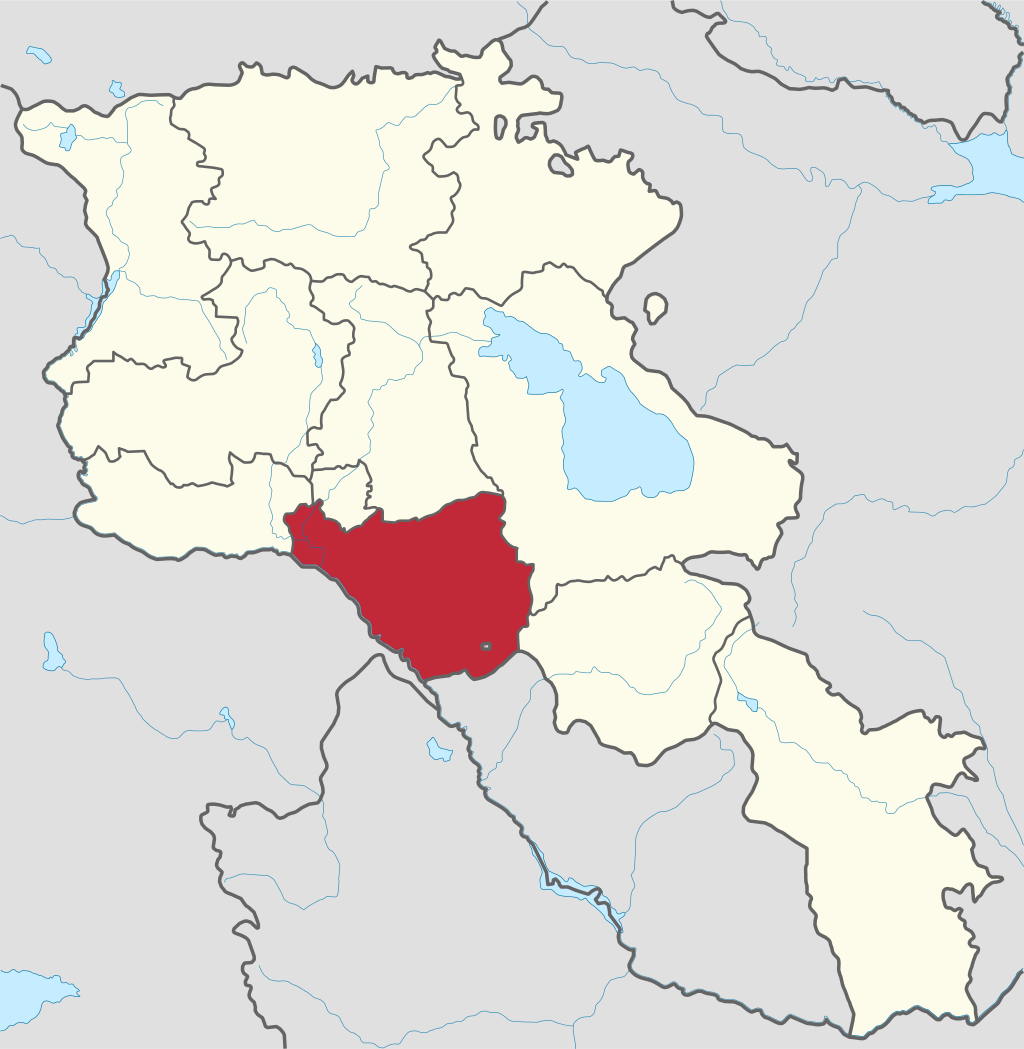
Ararat region is named after the biblical Mount Ararat which is mentioned in the Bible as a place where Noah’s ark has landed after the Great...
.png)
Armavir Region - Because of its Christian history the region is most famous for locals and Diaspora Armenians, who make pilgrimages to Armenia to...
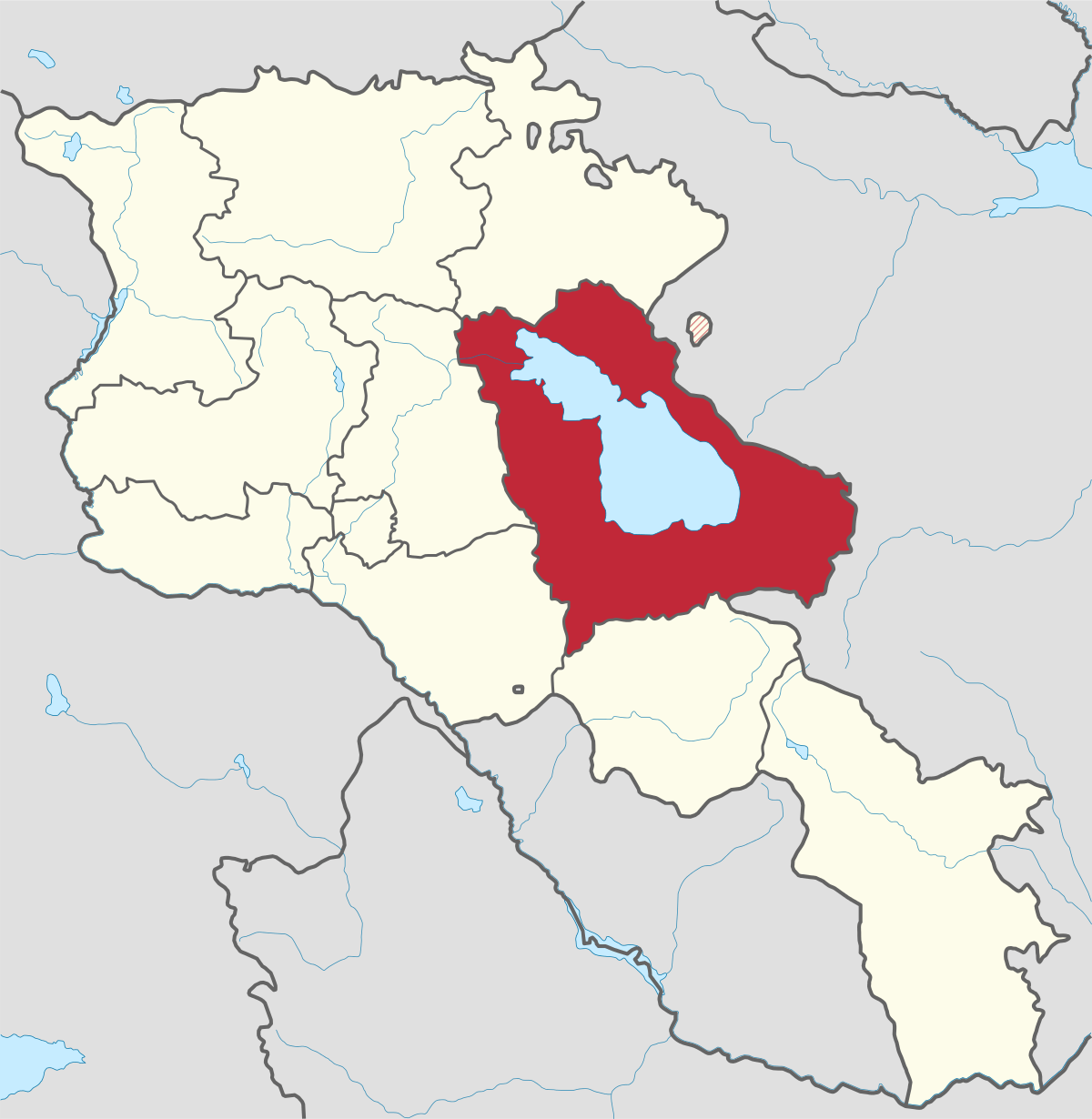
Gegharkunik ist die größte Region Armeniens, die an Aserbaidschan und die Shahumyan-Region der Republik Berg-Karabach grenzt. Ein Viertel der...
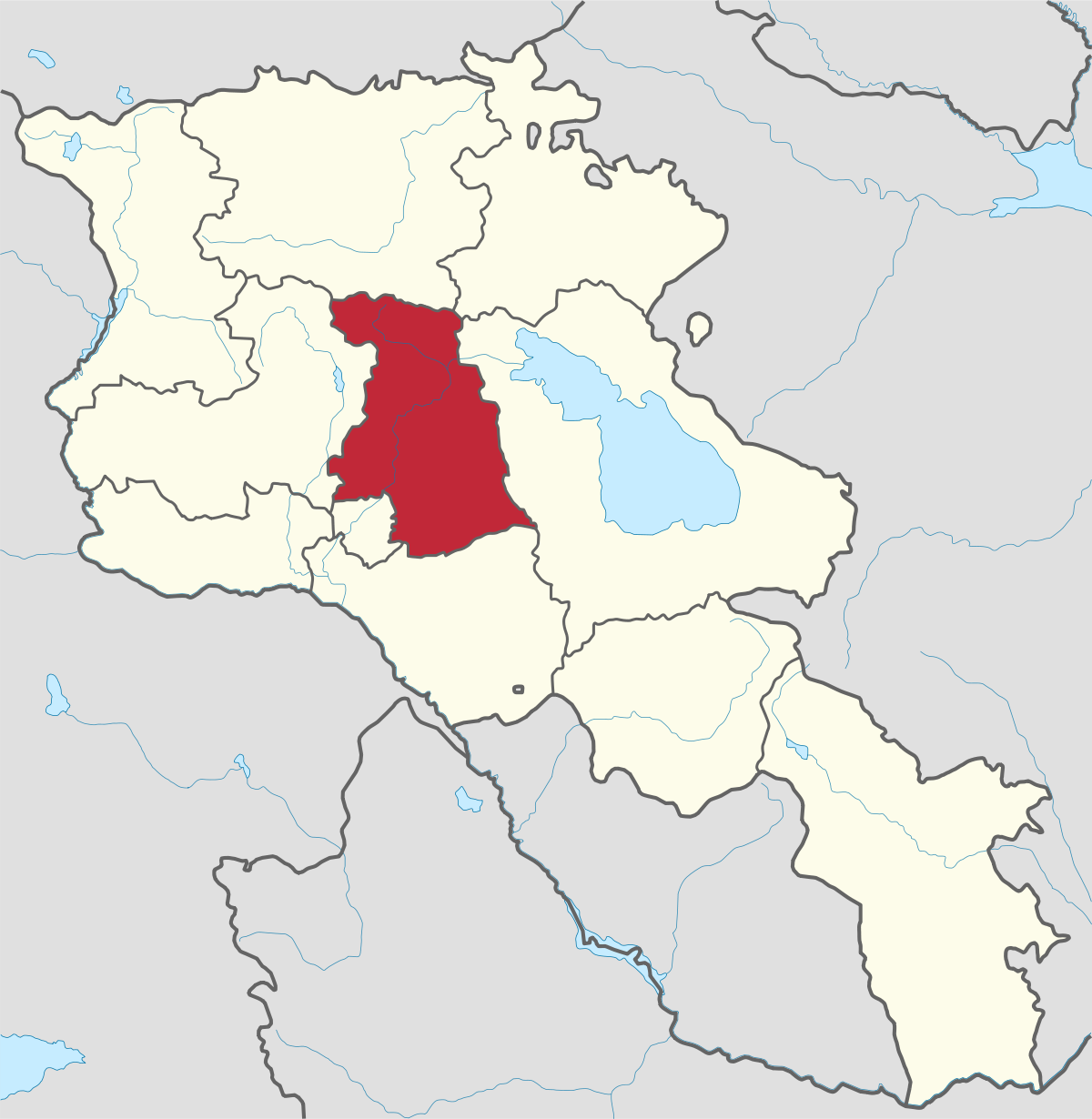
Kotayk region is located at the central part of the country and is home to many must-see sites in Armenia including the pagan Temple of Garni...
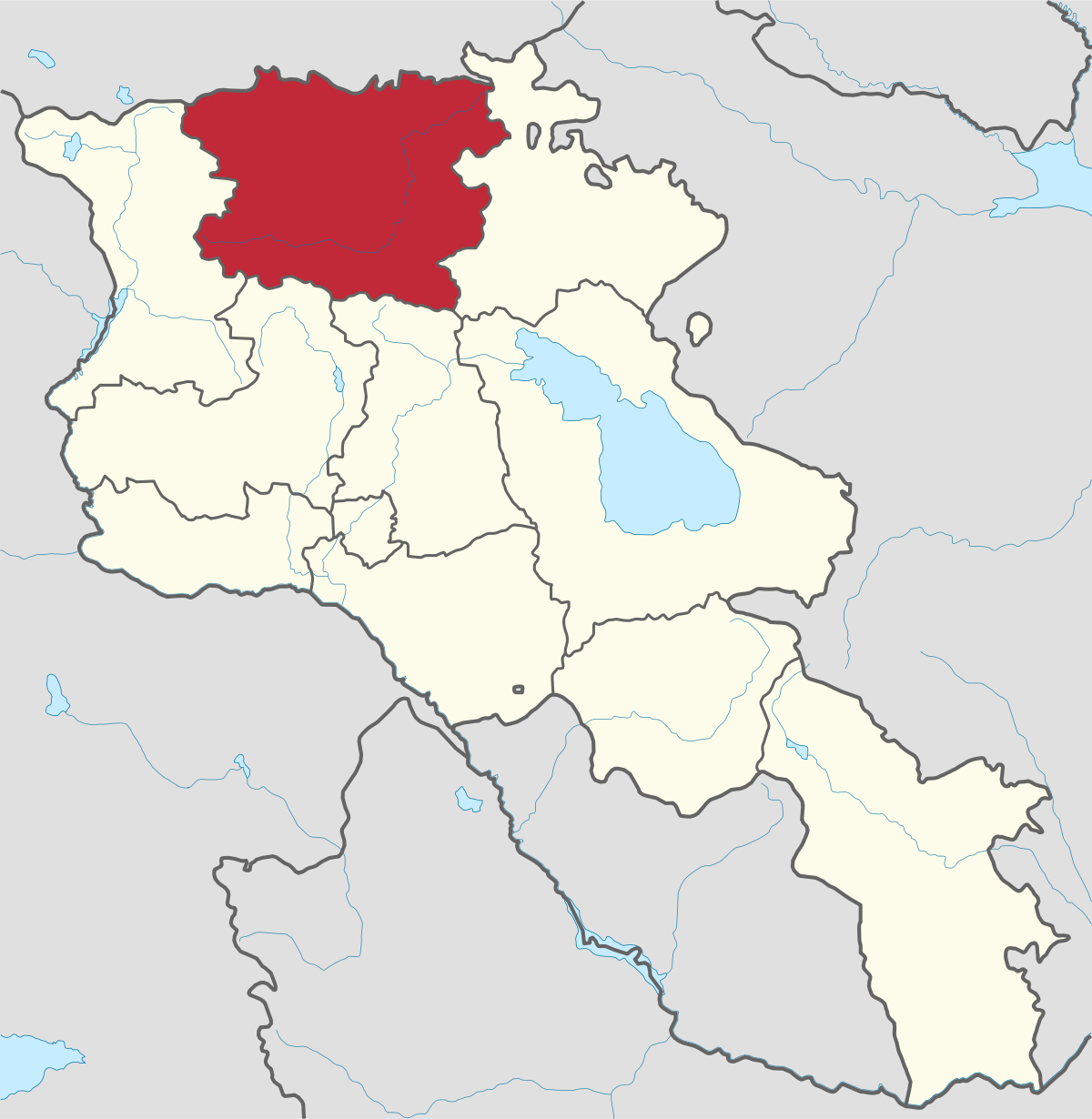
Lori region is in the northern part of Armenia, bordering on Georgia. It is considered Armenia’s greenest area, with more native forest land than...
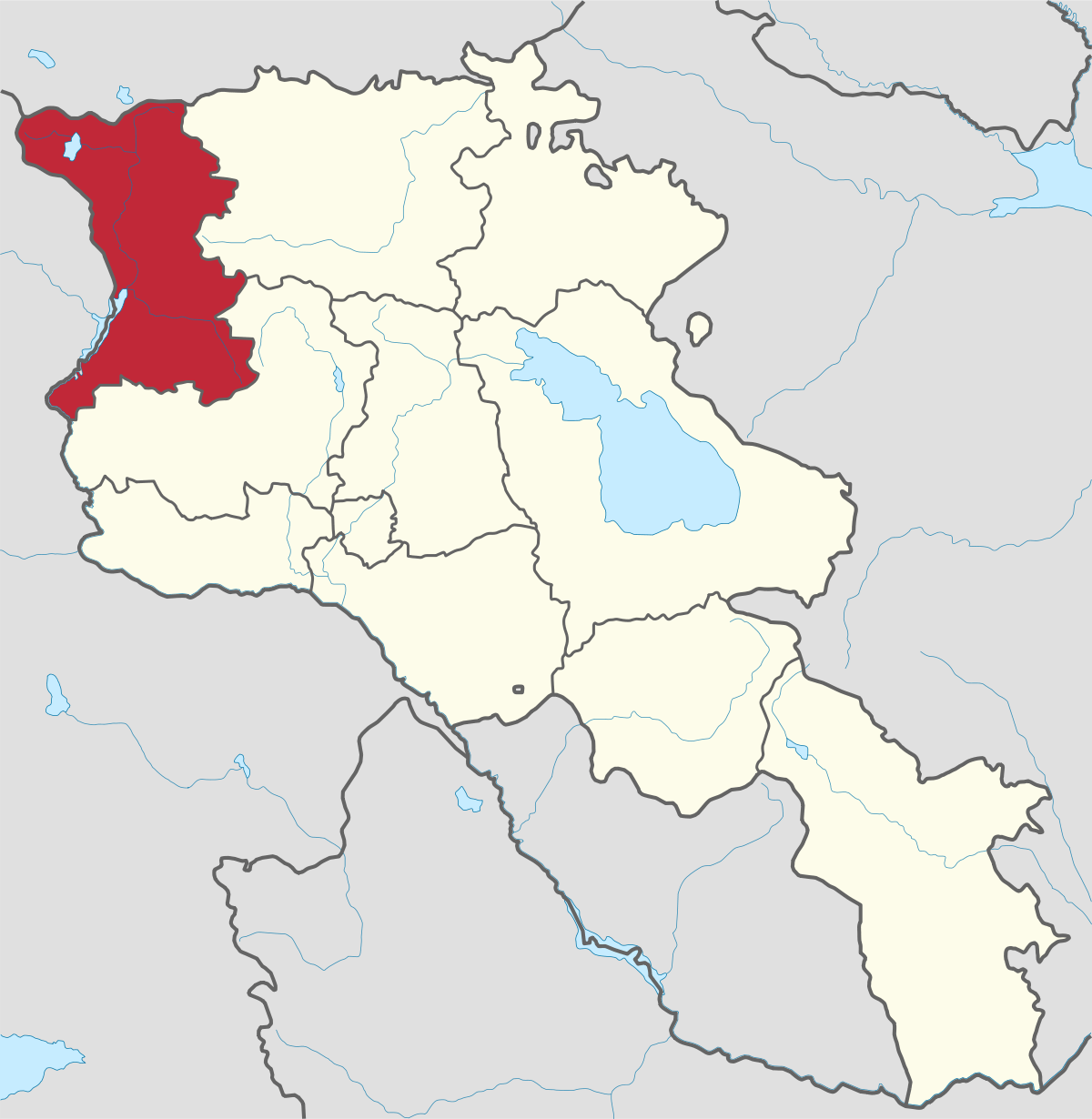
Shirak region lies in the north-west of Armenia. It borders with Georgia and Turkey. Shirak region is mainly dominated by the Ashotsk Plateau and...
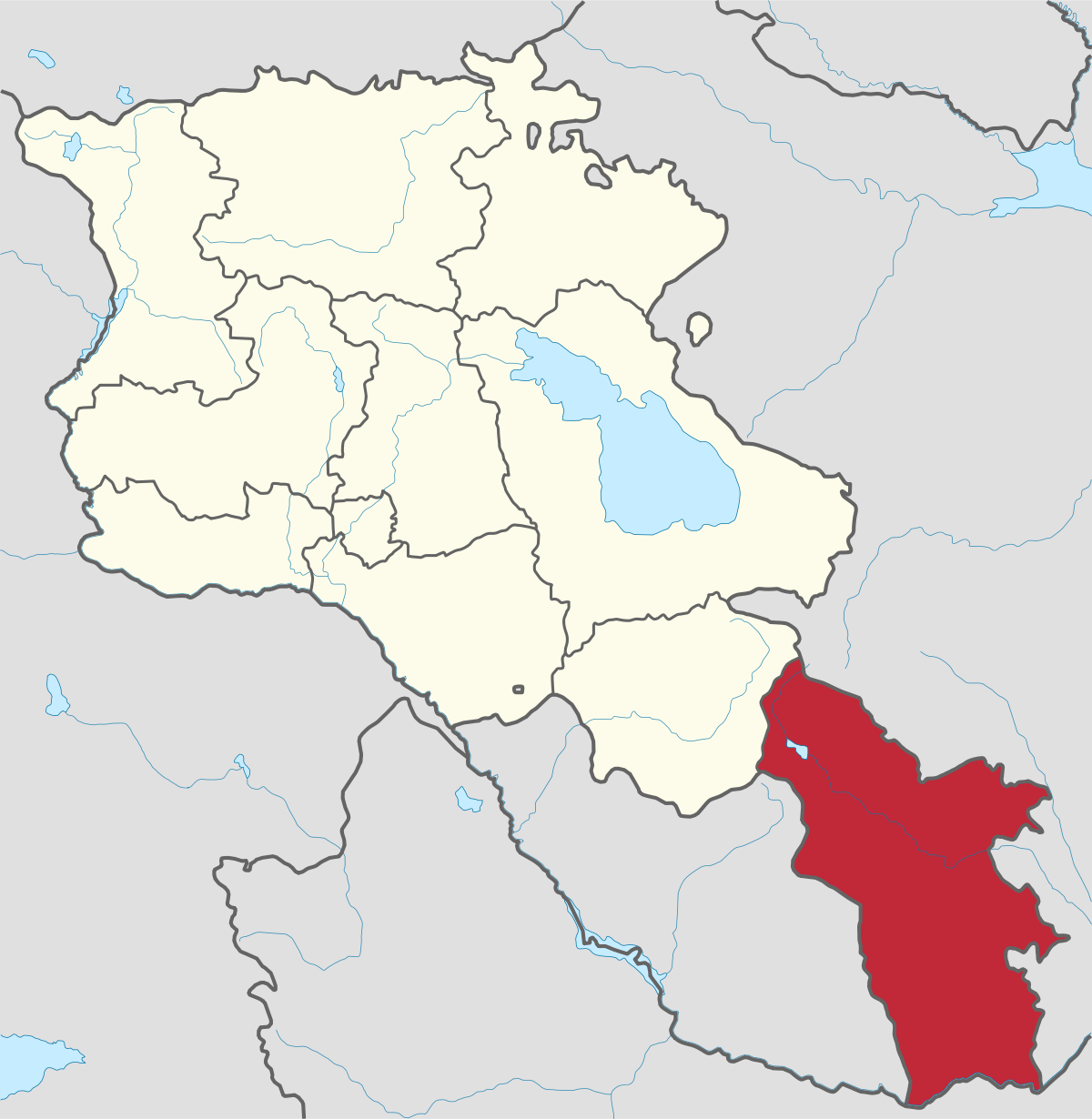
Syunik region- It is in the southern part of Armenia, bordering by Azerbaijan's Nakhchivan Autonomous Republic exclave, the de facto independent...
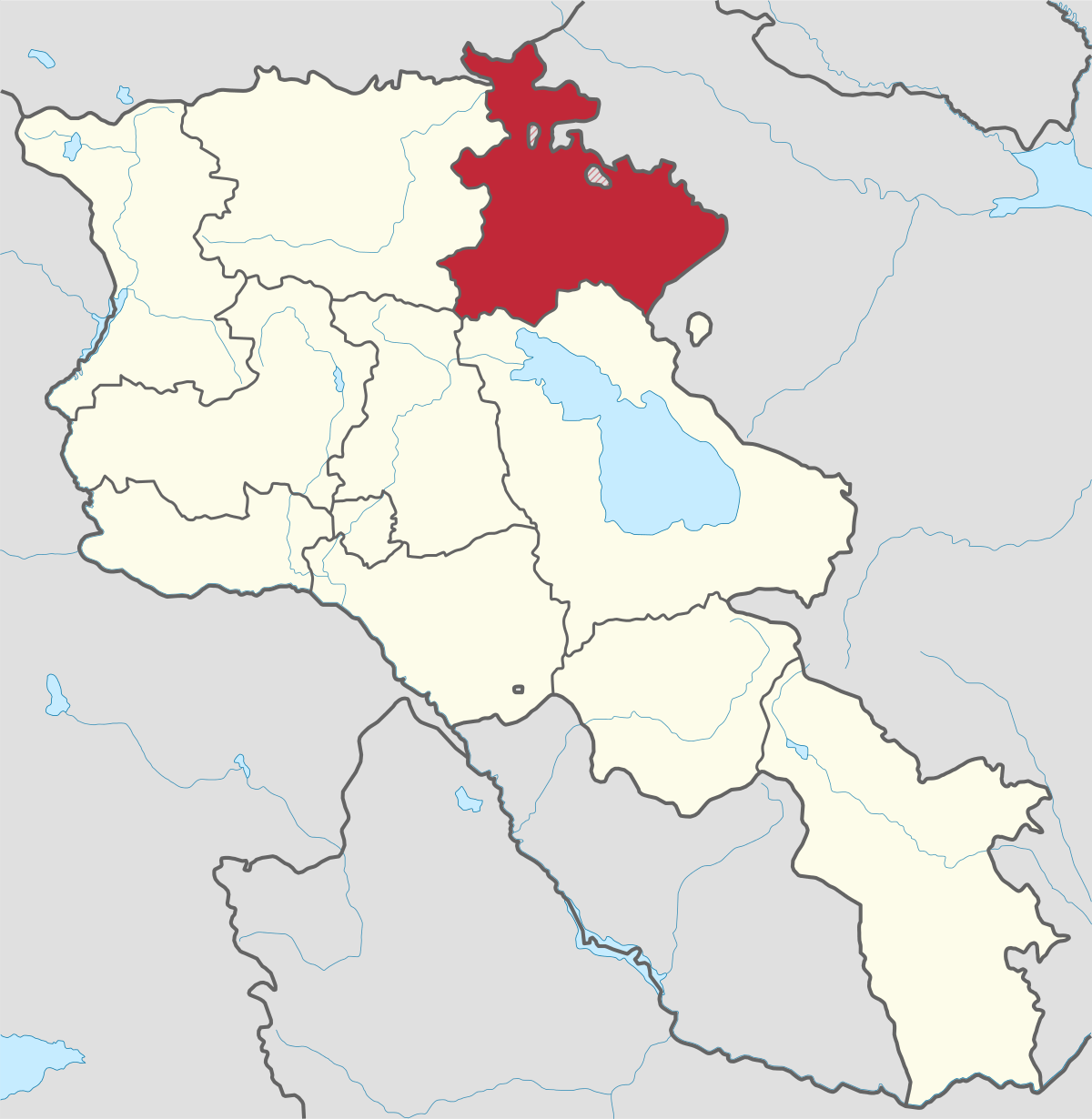
Tavush region lies in the Northeast of Armenia, bordering by Georgia and Azerbaijan. The territory is mainly mountainous and rocky hillsides...
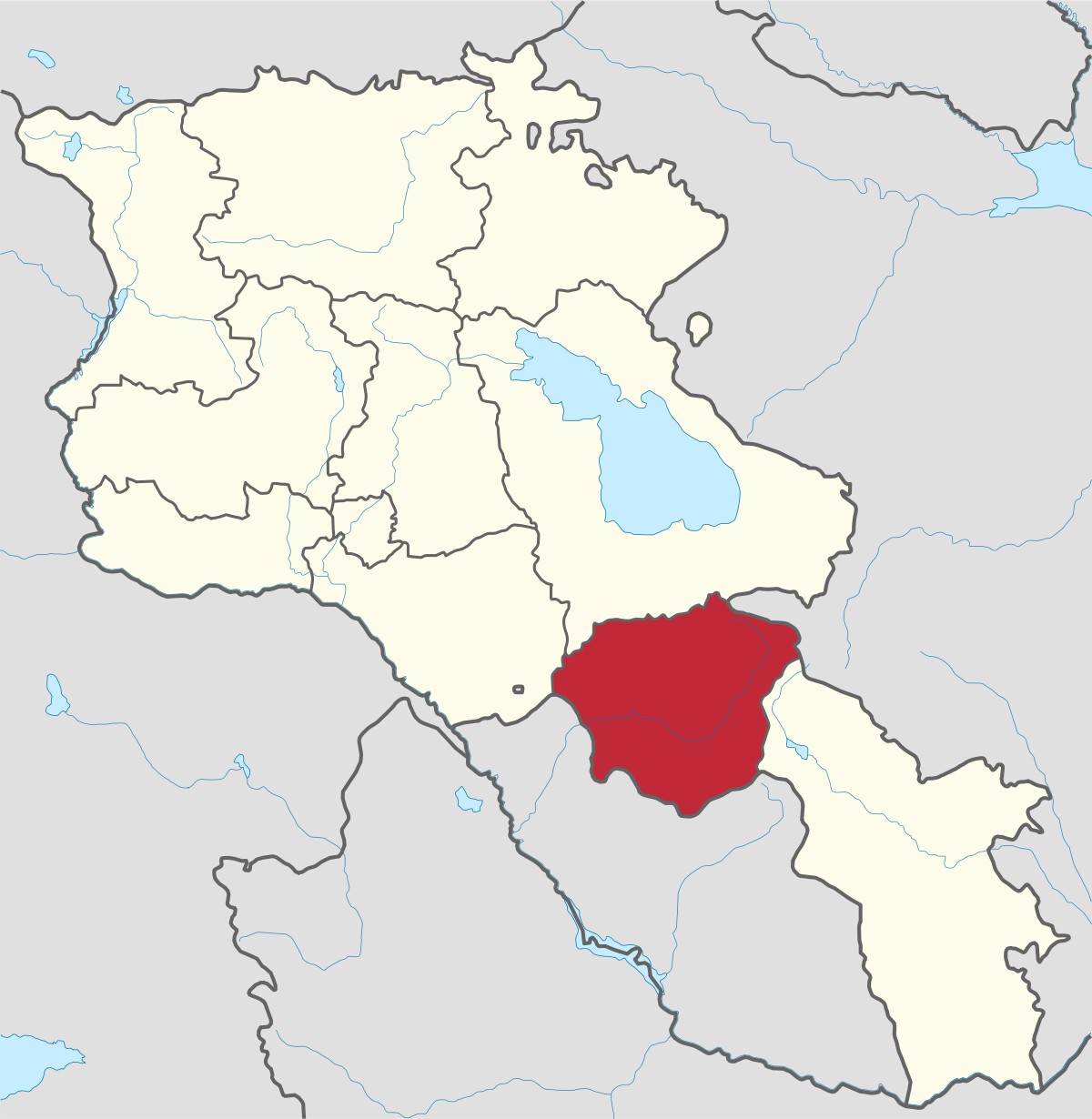
Vayots Dzor region is mainly a mountainous region at the southeastern end of the country, known with Jermuk Waterfall, Areni cave, Smbataberd...
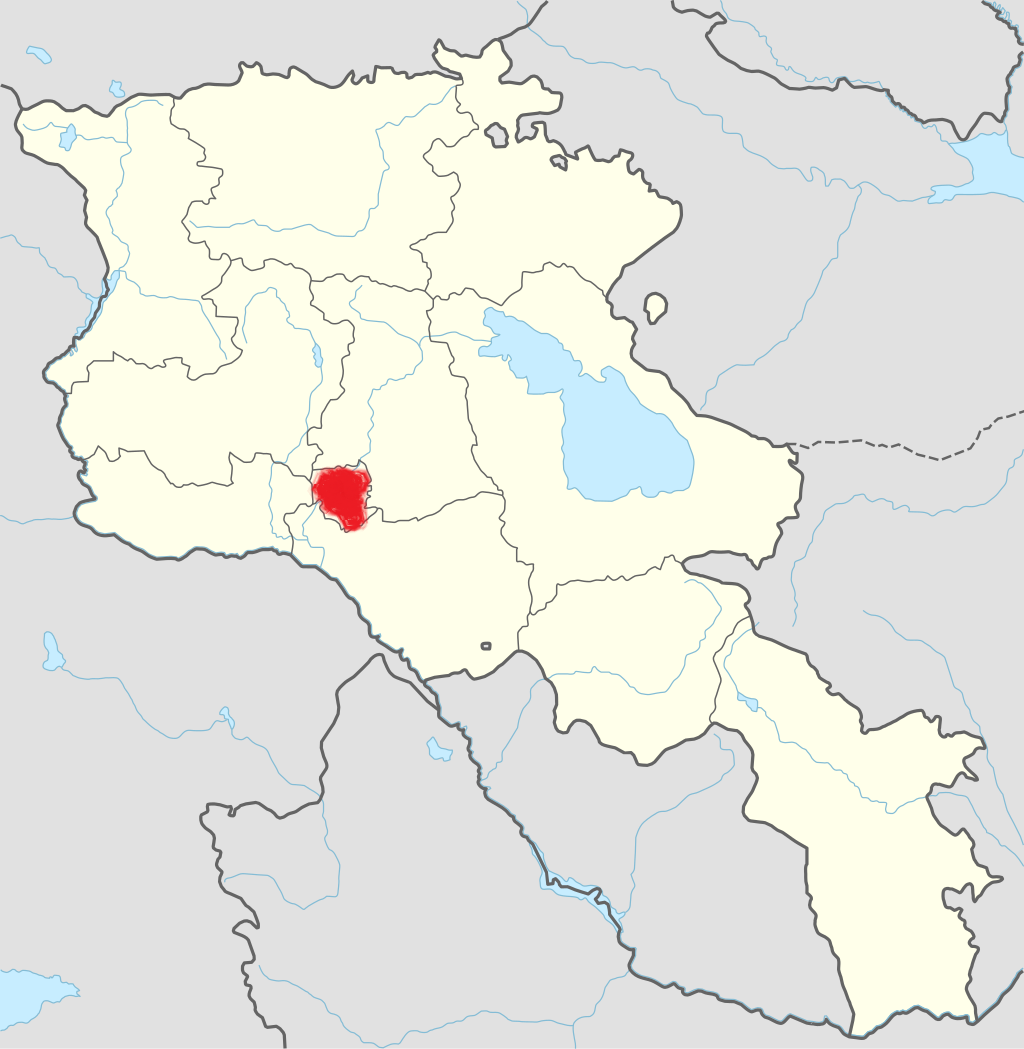
Yerevan city – 2800 years old. Yerevan is the capital of the Republic of Armenia with more than 1 million people. It is an amazing city with view...
800
149
1476
32